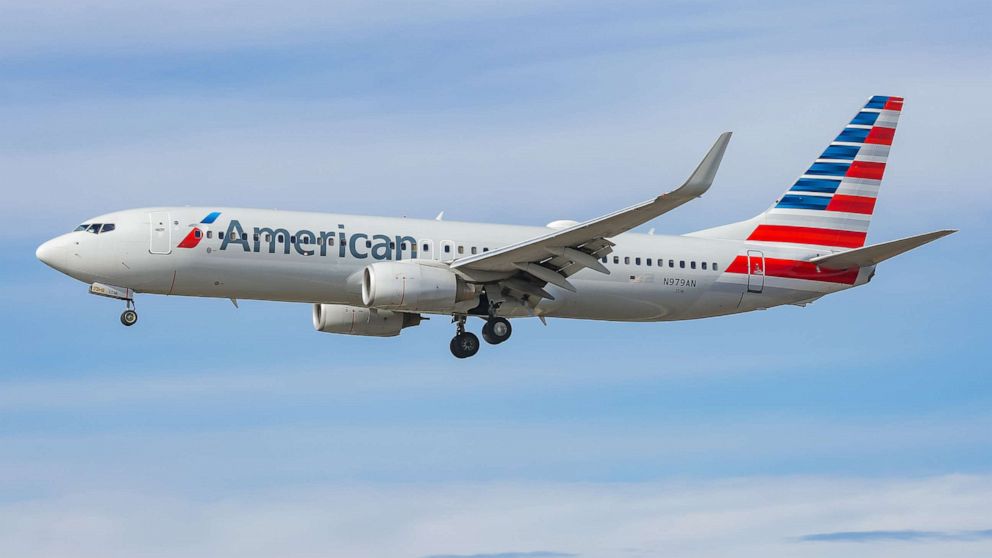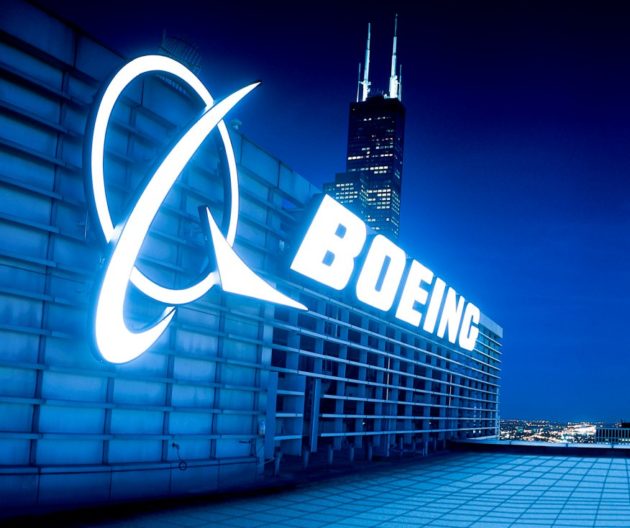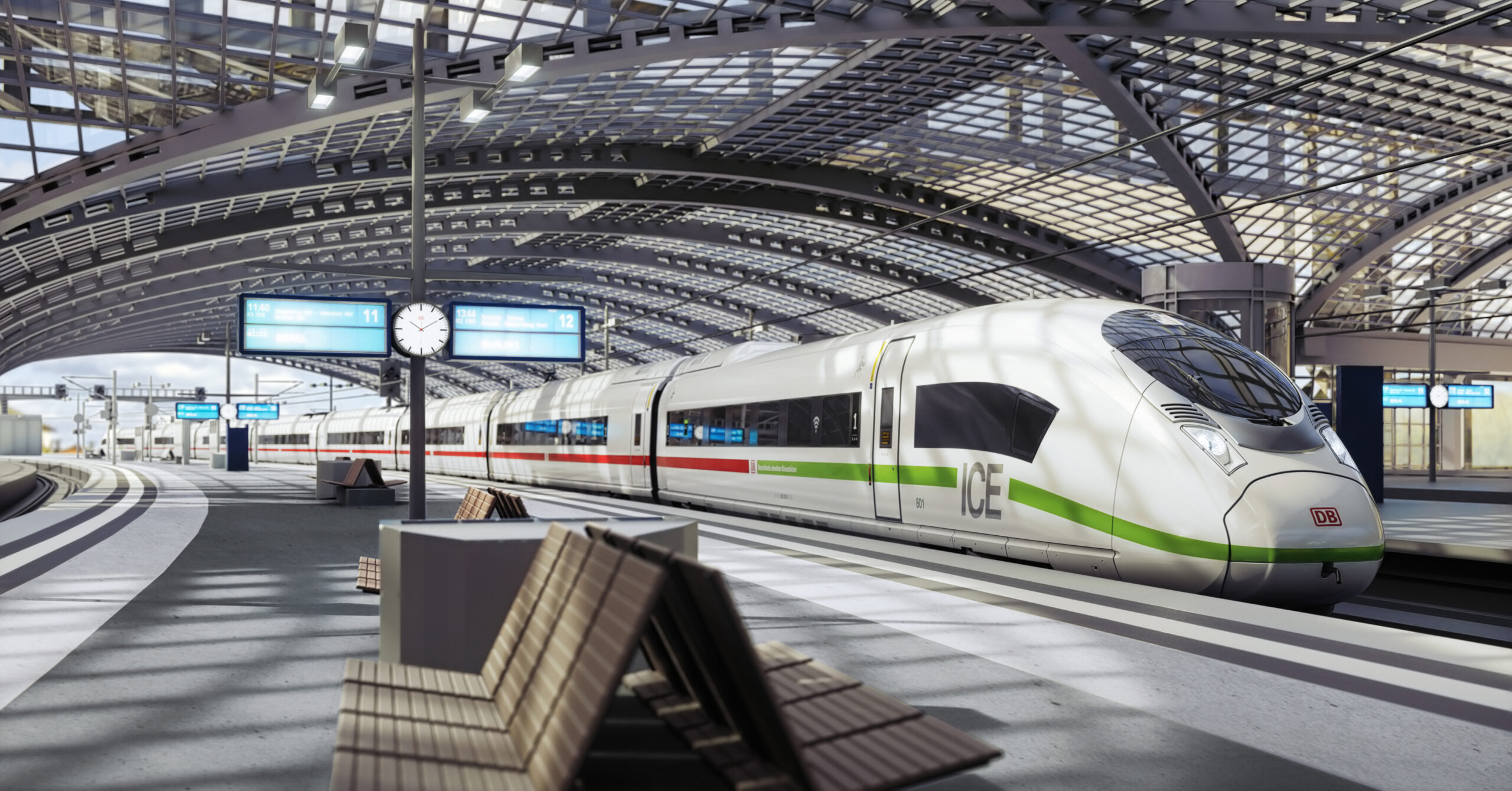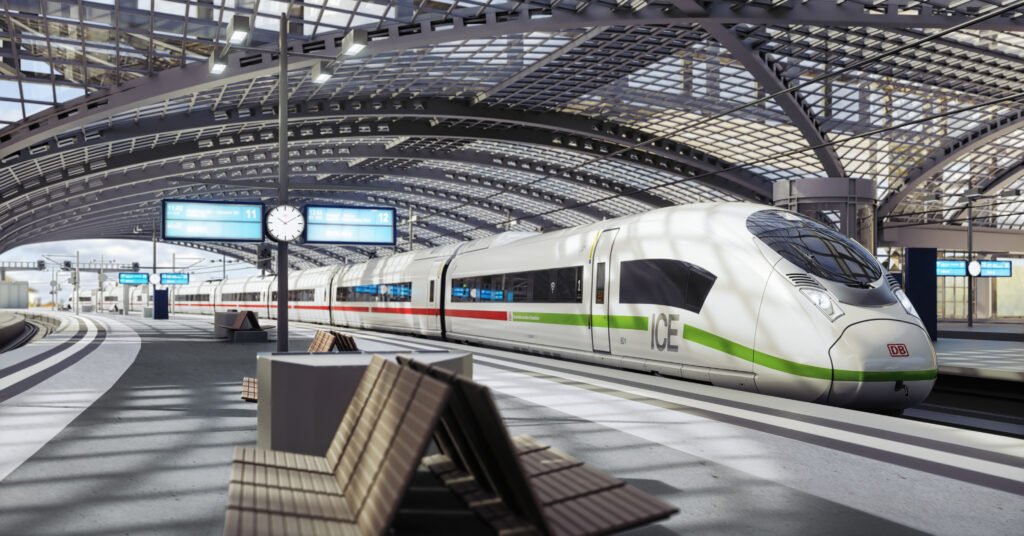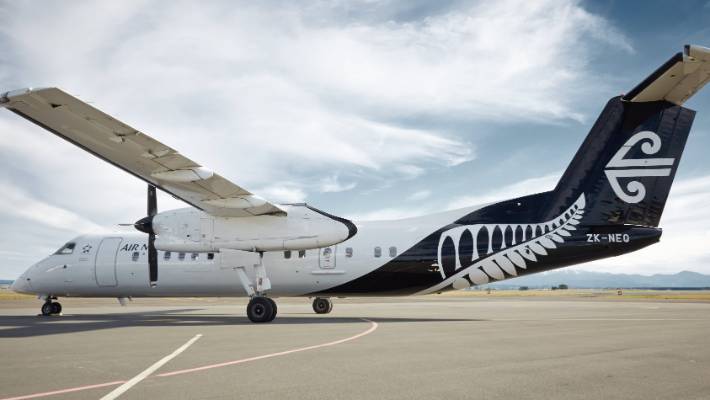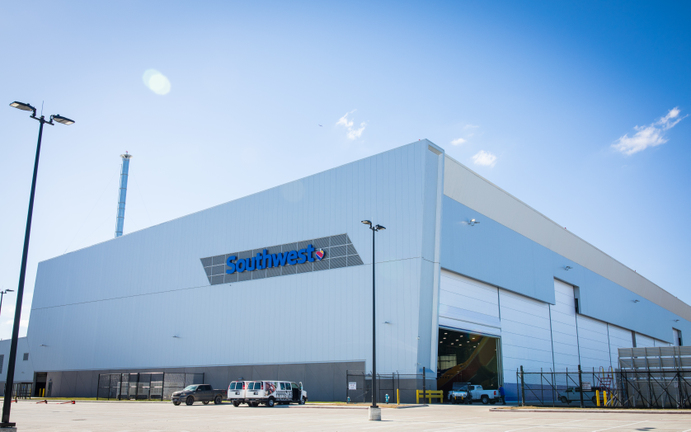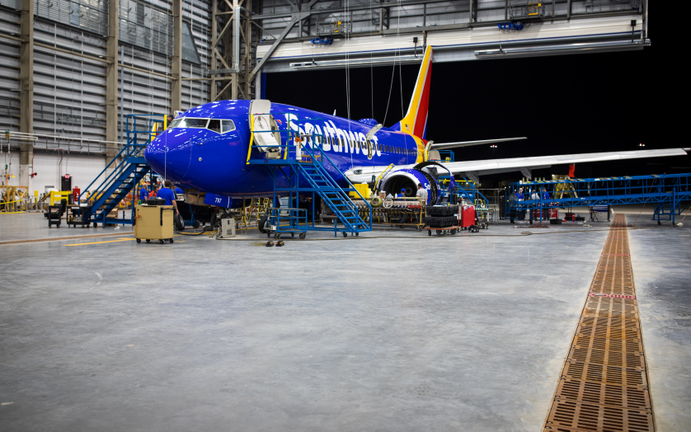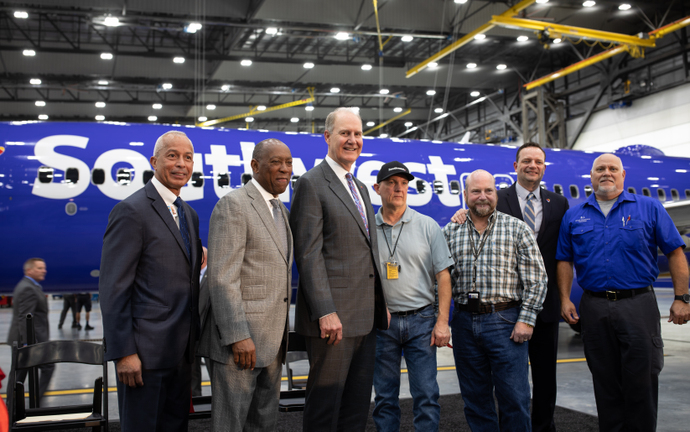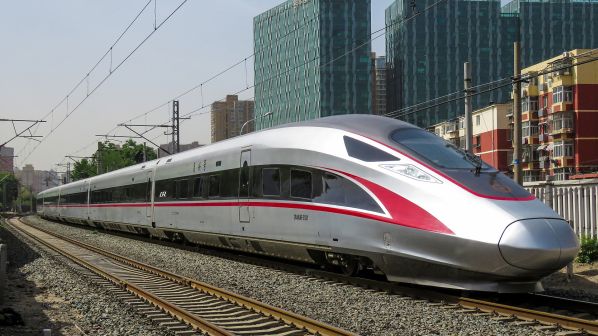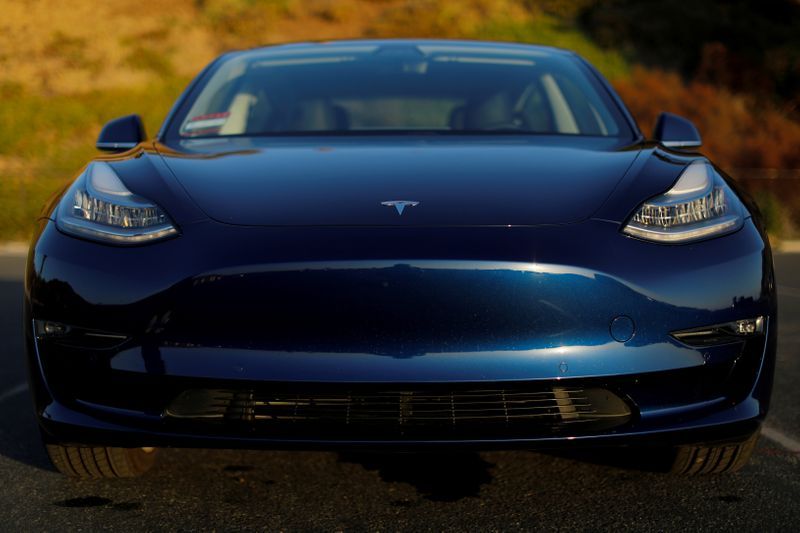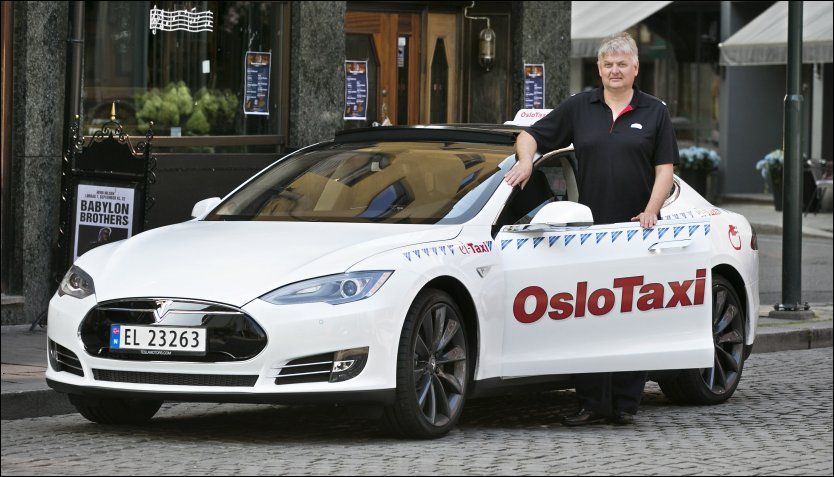– SurfaceWise2 the first-ever long-lasting product approved by the EPA that will help fight the spread of the novel coronavirus
American Airlines is upgrading its Clean Commitment by adding the electrostatic spraying solution SurfaceWise®2 from Allied BioScience to its multitiered cleaning and safety program in the coming months. The SurfaceWise2 solution is the first-ever long-lasting product to help fight the spread of the novel coronavirus that is approved by the U.S. Environmental Protection Agency (EPA).
“The American Airlines Clean Commitment is our promise that we’re taking bold measures and using the latest products and technology to help ensure our customers’ well-being when they travel with us,” said David Seymour, American’s Chief Operating Officer. “Thanks to rigorous evaluations conducted by the experienced professionals at the EPA, the American Airlines team and Allied BioScience, our multitiered program will become even stronger at safeguarding our customers and team members from virus such as coronavirus and the flu.”
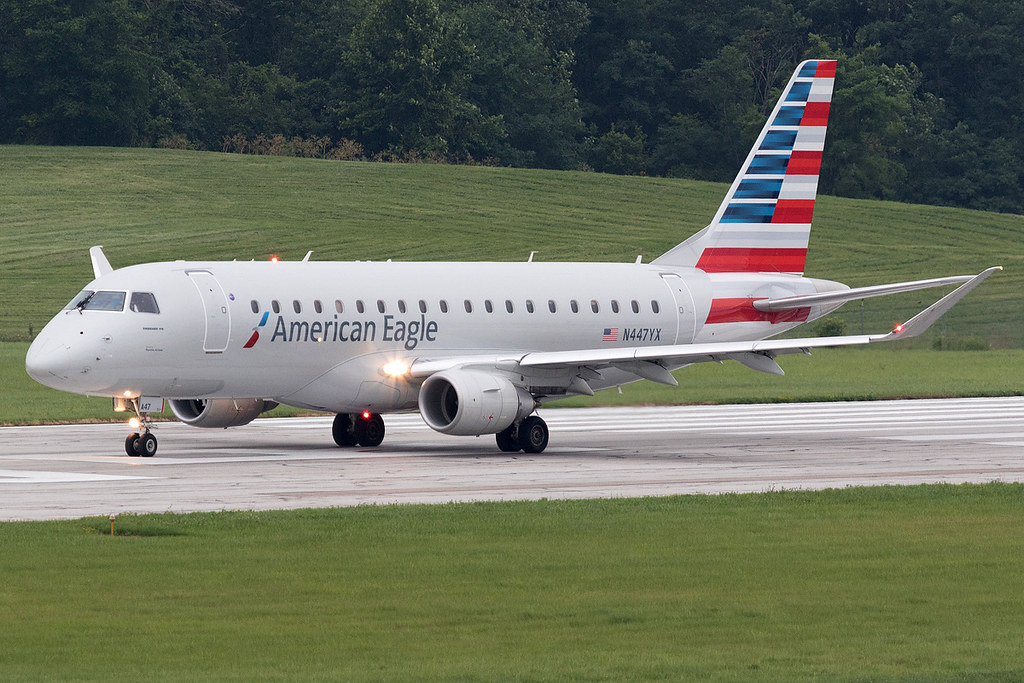
“SurfaceWise2’s long-lasting defense provides a layer of protection against viruses not offered by any other solutions on the market,” said Maha El-Sayed, PhD, Allied BioScience Chief Science Officer. We look forward to also seeing SurfaceWise2 used in offices, schools, gymnasiums and other high-traffic areas to support the nation in safely reopening.”
In the coming months, American will begin using SurfaceWise2 for electrostatic spraying on surfaces inside its aircraft with plans to use the product throughout its entire fleet, including those in its American Eagle regional partners. Other elements of the airline’s multitiered Clean Commitment, include enhanced aircraft cleaning performed before every mainline flight and an even deeper overnight cleaning.
“SurfaceWise2 creates an invisible barrier on surfaces, which physically breaks down and kills virus cells,” said Dr. Charles Gerba, a leading infectious disease expert. “This helps protect passengers and crew members against the transmission of coronavirus via surfaces, particularly on high-touch areas such as seats, armrests, tray tables and overhead bin doors.”
